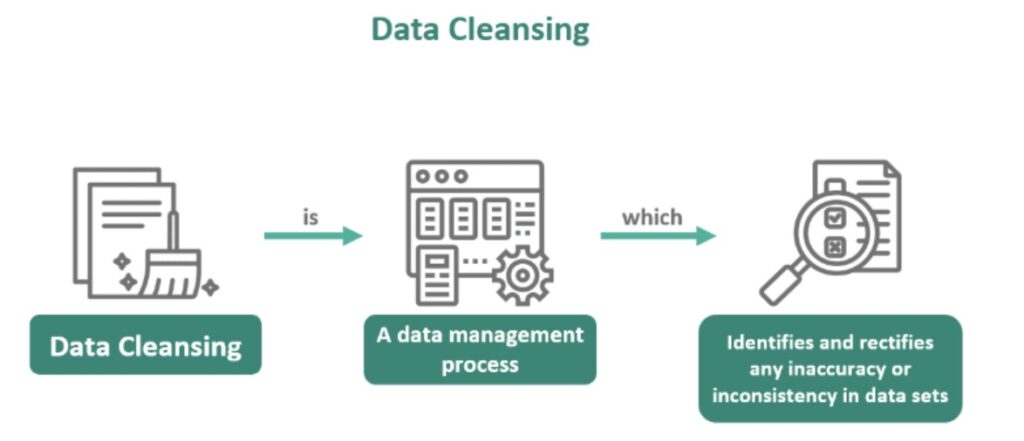Think of a company’s data system as a library that’s been operating for decades. Over time, books are misplaced, titles are misspelt, and entire sections fall out of order. Now imagine trying to conduct research in that library—confusion would reign. Data cleansing audits serve as the librarian’s grand restoration project, restoring order, accuracy, and trust. They aren’t just technical tasks; they are forensic investigations that uncover where the dust of inaccuracy has settled and how it spreads through the system.
The Forensic Lens of Data Quality
Every dataset tells a story—sometimes clear, sometimes riddled with contradictions. Data cleansing audits put on the detective’s hat to uncover these inconsistencies. Through profiling tools, metadata scans, and rule-based checks, auditors identify where data has drifted from the truth. Duplicate entries, missing values, and format discrepancies are more than minor inconveniences; they are symptoms of deeper process flaws.
This is where structured training becomes invaluable. Learners pursuing a Data Analytics course in Kolkata often explore the mechanics of data profiling and error detection as part of their foundational modules. They learn not merely to correct errors but to trace their origins—an essential skill when maintaining integrity across vast, interlinked systems.
Quantifying the Invisible
Most organisations know they have data errors but struggle to articulate their scope. Quantification transforms vague suspicion into actionable insight. By measuring error frequency—how often an issue appears—and error type—what category it belongs to—auditors can calculate the “health score” of a dataset.
This process is akin to conducting a medical check-up on data. The audit looks for chronic ailments like outdated customer records or acute issues such as sudden spikes in null values. Using descriptive statistics and anomaly detection algorithms, professionals visualise trends and isolate problematic fields. Quantification transforms gut feeling into measurable evidence, paving the way for targeted remediation instead of guesswork.
Patterns Beneath the Noise
Once quantification is complete, the next step is understanding why those errors occurred. Imagine a manufacturing line where faulty products keep emerging at a specific time each day. Instead of endlessly fixing the defects, you’d want to identify the machine or process responsible. Similarly, in data cleansing audits, patterns often reveal process gaps—manual entry mistakes during peak hours, inconsistent system integrations, or legacy data migrations that left trails of chaos.
Students undertaking a Data Analytics course in Kolkata are taught to approach these scenarios analytically—merging technical expertise with critical reasoning. They learn how to design dashboards that display not just where errors exist but how they evolve. This shift from reactive correction to proactive prevention is what separates routine audits from mature data governance.
The Metrics that Matter
Audits thrive on numbers, but not all metrics are equal. Accuracy, completeness, consistency, and timeliness are the classic pillars of data quality, but advanced teams expand these with precision indicators like conformity ratios or lineage integrity scores. For instance, if a customer record system shows 95% completeness but only 70% accuracy, that imbalance reveals a deeper systemic issue.
To make these insights useful, auditors often employ scoring frameworks and visual dashboards that communicate findings to both technical and business teams. These metrics become the language of accountability—evidence that can guide investment in better integration pipelines, improved validation scripts, or employee training. When quantified well, data errors stop being abstract threats and start becoming tangible opportunities for improvement.
Turning Audits into Continuous Improvement
A single audit offers a snapshot; continuous auditing paints a movie. The real magic lies in embedding audit logic into the operational workflow. Automated data validation at the point of entry, scheduled cleansing routines, and real-time monitoring ensure that accuracy doesn’t degrade between projects.
This iterative approach mirrors agile principles—inspect, adapt, and improve. The most resilient organisations treat every audit as a feedback loop rather than a compliance checklist. In this culture, mistakes aren’t hidden; they are signals that refine future performance. The outcome is a data environment that self-heals over time, much like an immune system growing stronger with every exposure.
Conclusion
Data cleansing audits are not mere housekeeping—they are acts of preservation and foresight. By systematically identifying, categorising, and measuring errors, organisations transform messy, unreliable data into a foundation of trust. They shift from reacting to crises to anticipating them, from firefighting to continuous improvement. In today’s data-driven era, where every decision leans on digital truth, these audits serve as both compass and conscience.
For professionals stepping into analytics roles, mastering this discipline means learning to see data not just as numbers but as narratives—stories worth telling accurately. And that precision begins with one principle: clean data isn’t a destination; it’s an ongoing journey of vigilance, measurement, and renewal.

